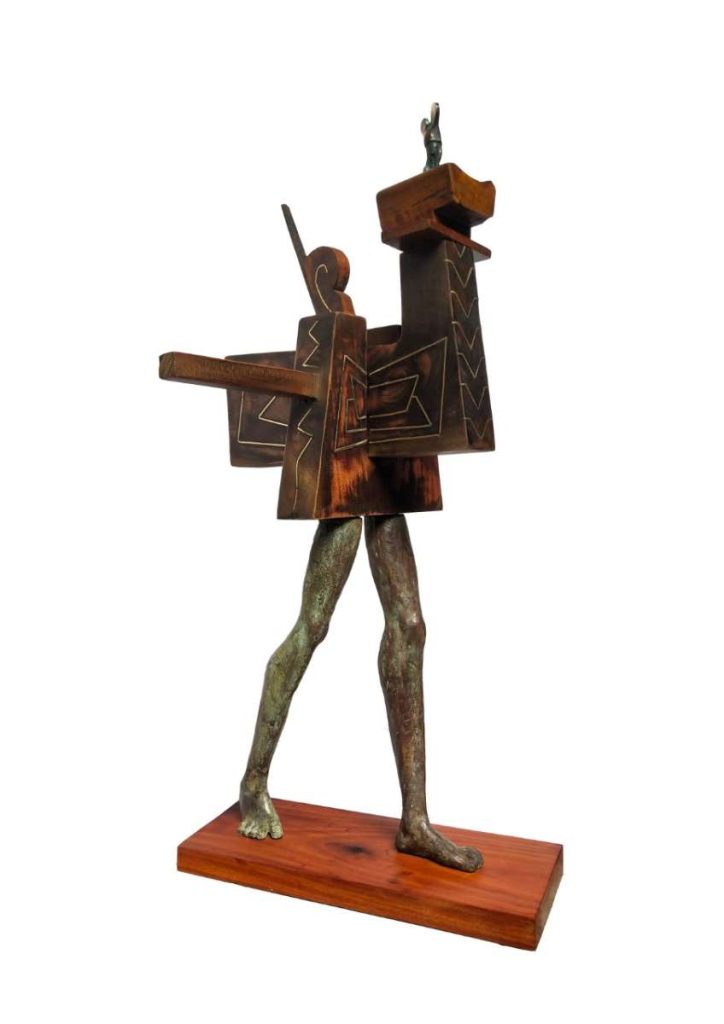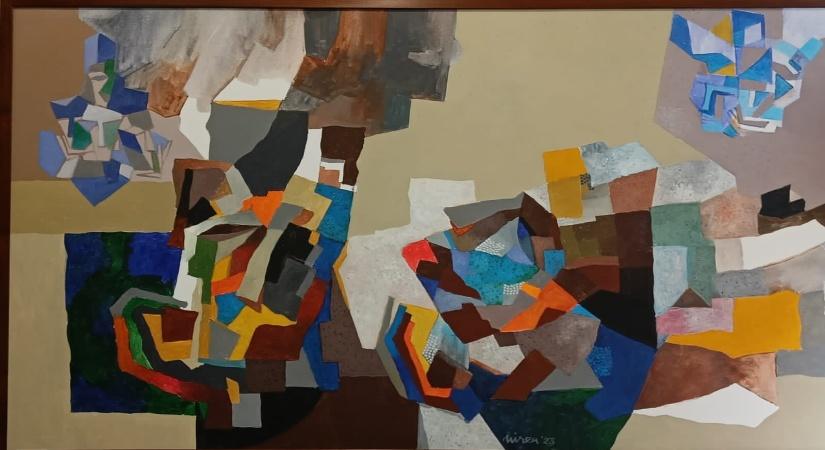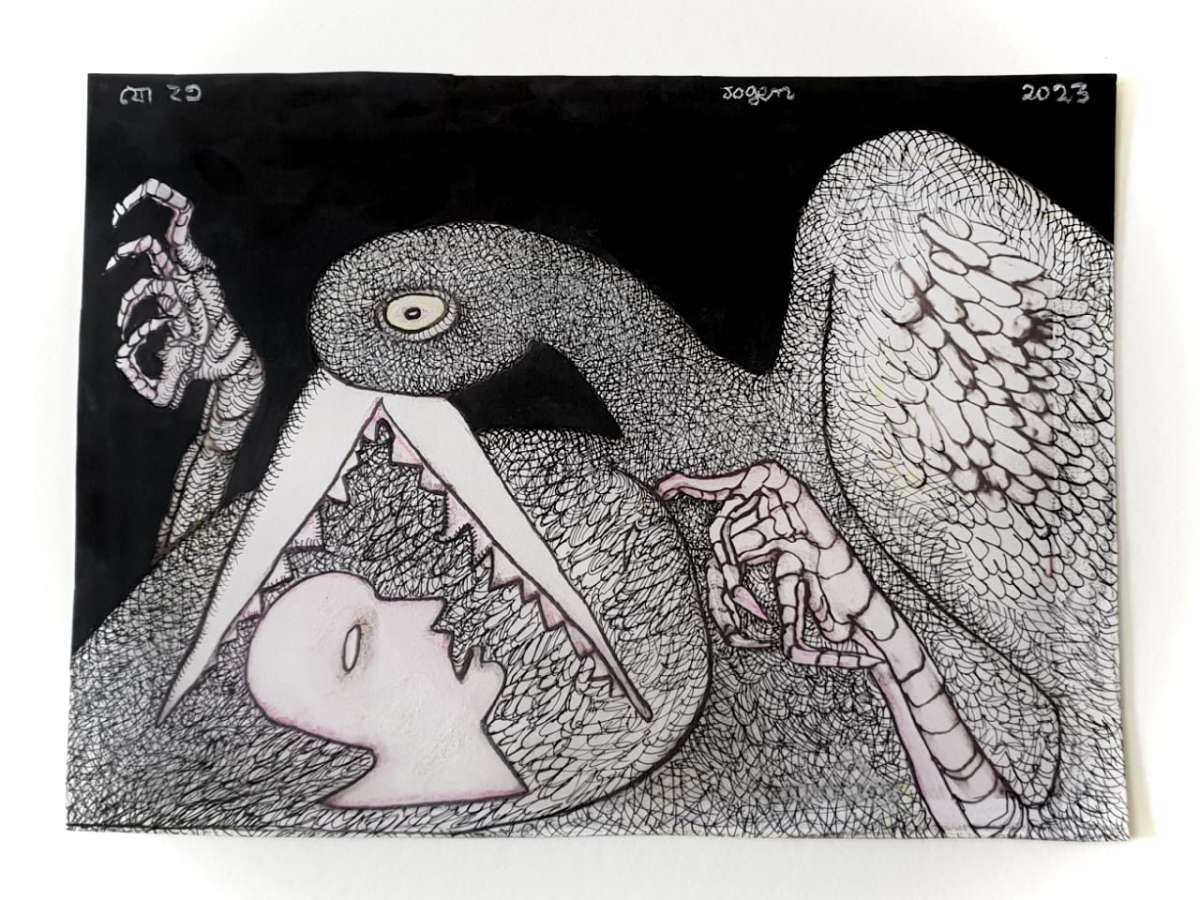Emerging from the dynamic art scene of New Delhi, this collective has been instrumental in shaping the avant-garde art narrative in India…reports Asian Lite News
The Dhoomimal Art Centre in the Capital will host an exhibition from March 4 to 16, featuring ‘Calcutta Painters,’ a distinguished collective of artists originating from Kolkata.
The event commemorates the sixty-year journey, during which the group has played a pivotal role in shaping the modern art landscape of India.
Participating artists include Jogen Chowdhury, Sudip Banerjee, Subrata Ghosh, Anup Mandal, Gautam Bhowmik, Shibaprashad Kar Chowdhury, Susanta Chakrabarty, Rakesh Sadhak, and Niren Sengupta.
Founded in 1964, the ‘Calcutta Painters’ epitomise artists dedicated to pushing the boundaries of artistic expression. Their commitment to fostering art and artists domestically, while making notable contributions to the global art community, remains steadfast.

Presently, Jogen Chowdhury serves as the president and Sudip Banerjee is the vice president of the group.
Emerging from the dynamic art scene of New Delhi, this collective has been instrumental in shaping the avant-garde art narrative in India.
The artistic vision and techniques, pioneered by Bijon Chowdhury, Rabin Mandal, Prakash Karmakar, and Nikhil Biswas, continue to resonate after six decades.
Jogen Chowdhury is widely acclaimed as the master of unbroken lines. His drawings in the exhibit depict female figures intriguingly devoid of sexuality or provocative postures. Vulnerability emanates through textured skin and lucid lines, showcasing the artist’s unique approach.
The deliberate confinement within a smaller space reflects Chowdhury’s reverence for humanity and nature, crafting a thought-provoking artwork where vulnerability meets unconditional portrayal, creating a vivid and impactful narrative.
Subrata Ghosh’s series of exhibits delve into various manifestations of the sea, offering a glimpse into his unique perspective on life. It’s as if everything in our lives is adorned with a touch of romance. We often cling to history, mythology, and societal beliefs, yet when the tide of time washes everything away, we confront harsh realities. We oscillate between romanticism and reality, seeking equilibrium.

Mohit Jain, Director of Dhoomimal Art Centre, said: “It brings me great joy to present the Calcutta Painters group, a dedicated force instrumental in shaping the modern art scene since 1964. I am thrilled to underscore the invaluable contribution such artistic collectives make, not only in nurturing the development of art and artists within our borders but also in making substantial contributions to the global art community. As the ‘Calcutta Painters’ mark their sixty-year milestone, they stand as a formidable presence in our nation’s cultural landscape, embodying a rich legacy in the realm of art.”


